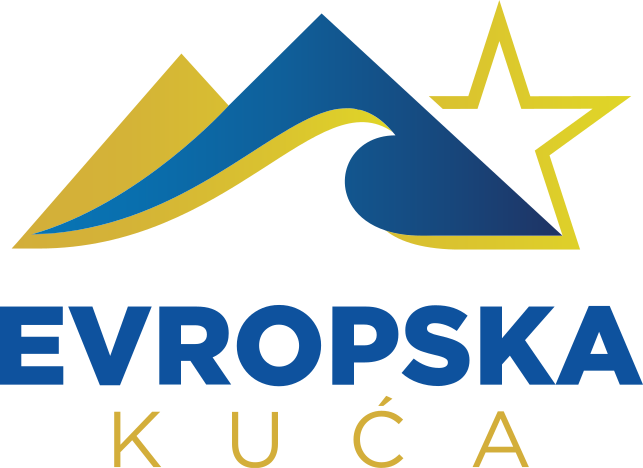Podgorica, 8 December 2017 – On the eve of Bulgaria’s presidency of the Council of the European Union in 2018 the Bulgarian Embassy in Montenegro organises an exhibition of photographs “Colourful Bulgaria”. The exhibition presents photographs of the Bulgarian reporter Ladislav Tsvetkov. The photographs show Bulgarian customs and traditions and the beauty and variety of the Bulgarian folk costumes.

Folklor – Folk Festival in the town of Koprivshtitsa. It is held once every 5 years under the auspices of the Bulgarian Academy of Sciences. The festival is as authentic as possible and shows the preserved traditions of singing and dancing. Every year a lot of folk festivals take place in different parts of the country.

Gaidari – Gaida /bagpipe/ is one of the most popular instruments in Bulgarian folklore. The bagpipe has been known in the Rhdope Mountains since ancient times. One of the most famous Bulgarian orchestras is „100 kaba bagpipes“.
Kaval – Kaval is an instrument, deeply entwined in the traditions of the Bulgarian folklore. It can be found in almost all folklore areas, being an integral part of the folk art of Trakia, Ludogorie and Dobrudja. The kaval is probably the first wind instrument in the world.
Tapani – Tapan is another popular instrument in Bulgarian folklore which spreads in the country in the tenth century. It is present in the music of almost all folklore regions, except for the Rhdope Folklore Region.
Horo Kalofer – On January 6th every year in the town of Kalofer you can be a witness of a real spectacle. In early dawn, men and women dressed in traditional costumes enter the ice-cold waters of the Tundja River. This day is known in Bulgaria as Jordan Day. A priest throws a cross in the waters of the river which has to be caught. In Kalofer, no matter who catches the cross first, it is given to the youngest participant in this “ice” horo.
Kukeri – Bulgarian carnival figures, always wearing masks on the head. They dance on the streets to frighten the evil forces and to banish the cold, and for fertility and health they perform rituals such as plowing, sowing and others.
Kushia – a colorful Bulgarian holiday, which takes place on Todorovden (early spring). Horse racing is organized on this day. Kushias are organized all over Bulgaria.
Lazarki – Lazarski or Lazarovden is a Christian holiday marking the coming spring, which is celebrated the eighth day before Easter. Traditionally, young girls are dressed in national costumes and go round the houses in the village, sing ritual songs and bless for health, happiness and joy.
 Prayer for honey – On the 10th of February, when the Orthodox Church celebrates the feast of the holy sacred martyr Haralampy, beekeepers from the region sanctify the honey produced by them in the Blagoevgrad church “Presentation of the Virgin”.
Prayer for honey – On the 10th of February, when the Orthodox Church celebrates the feast of the holy sacred martyr Haralampy, beekeepers from the region sanctify the honey produced by them in the Blagoevgrad church “Presentation of the Virgin”.
Nestinari – This is an ancient pagan ritual, in which the nestinars dance barefoot on embers. In 2009, the ritual was entered in the UNESCO Intangible Cultural Heritage Lists. According to the tradition, the nestinari dance in the evening on St. St. Constantine and Elena (the night of 3th to 4th June in old style).
Sirni zagovezni – Sirni zagovezni is another pagan tradition, which is observed even today. On this day people ask their parents and friends for forgiveness and fires are lit.

Paneurhythmy (pan-u-rith-mee) is a system of meditative movements performed on music. It was created and introduced by the Bulgarian master Peter Deunov. Every year thousands of people go to the summer camp at the Seven Rila Lakes, Bulgaria to perform Paneurhythmy and to enjoy the majesty of the mountains.
